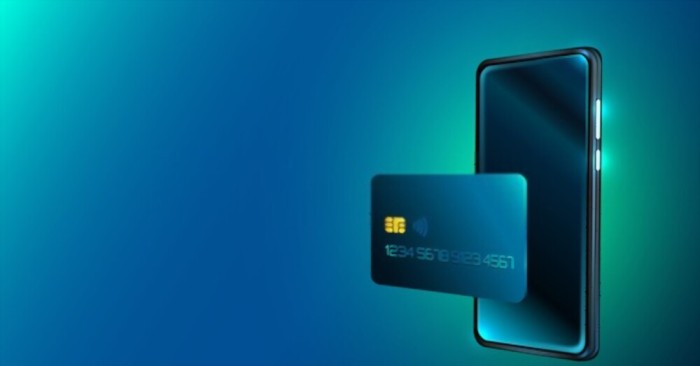
Would you believe that the earliest mode of ‘card’ payment was simply a cardboard card charged with your personal details and the actual charge was capital you owed at the end of each month?
Well, we’ve come a long way in developing some of the best virtual credit cards from the cardboard card days, haven’t we?
Let’s take this time to go down history lane and rediscover how today’s virtual credit cards and payment terminals came into existence.
The concept behind credit charge cards
Traders and merchants in the old days preferred payment cards since they served as a standardized means of credit transactions between the concerned banks.
Payment cards began their journey in the 1950s in the U.S. but the revolution began in 1958 with the introduction of the first plastic credit card by American Express.
Personal details of the holder were embossed on the cards and records were maintained through carbon paper imprinting. The imprinter was non-electronic and served as the first credit card terminal at the time.
It became popular as the click-clack machine due to the sound it made upon imprinting.
Advanced relief in the first electronic credit card machine
It was in 1970 that IBM 360 made available credit cards with a magnetic stripe, spelling the ascent of electronic credit card terminals. The electronic terminals executed secure transactions capable of accepting or refusing the payment with secure access to the customer’s bank account.
Signing of the receipt at the end of the transaction was still a norm even with electronic card payments at the time. It wasn’t until after 1980 that more innovations were imbibed into the credit card payment technology.
The first-ever electronic cash dispensers
ATM’s first saw the light of day around 1967 in the UK, taking on the tag of the first-ever electronic machine for credit cards in the world. The 4-digit PIN code system served as the authentication factor for withdrawing cash.
This is the same time that many shops still used carbon paper imprinting to validate their sales.
Swiping cards with the magnetic stripe did exist around the early 1970s and Bank AmeriCard also launched their electronic card processing system in 1973, but the real development began after 1979 onwards.
Thanks to Visa, the first clunky electronic card machine made processing faster, secure, and simpler.
Smart Cards, courtesy of the French
Introduced as a patented chip card by French Inventor Roland Moreno in 1975, these smart cards became fundamental as secure transaction figures used widely in bank cards. The microprocessor coupled with the 4-digit PIN code ensured reduced chances of frauds while working in real-time to authenticate and execute transactions. It took a while for this system of chip cards to spread around the world and simplify electronic negotiations.
Wired and Wireless terminals
The older models of card terminals utilized landline connections to initiate the transaction between the customer and merchant. Although the internet connections worked better due to their faster data speeds.
The wireless card terminals were inspired by the advent of Smartphones and increasing online purchases. Wireless networks became the core of mobile POS terminals, enabling trade to spread where the road went, as long as there was a reliable network connection.
Trending modes of card payment terminals
After the wireless card terminals came portable terminals and app-based card readers that made payments a straightforward convenience. Payment terminals that once existed on cardboard are now smartphone-based, with features that suit almost any business needs!
Contactless payments were the next phase in payments made with virtual credit cards online. They involve smaller payment values and incorporate cutting-edge NFC and RFID technologies to make payments secure and effortless.
Final thoughts
Intriguingly, the credit card terminals of today offer more than just card payments. Known as Smart POS terminals, they simply require the 4-digit PIN code on the touchscreen interface.
